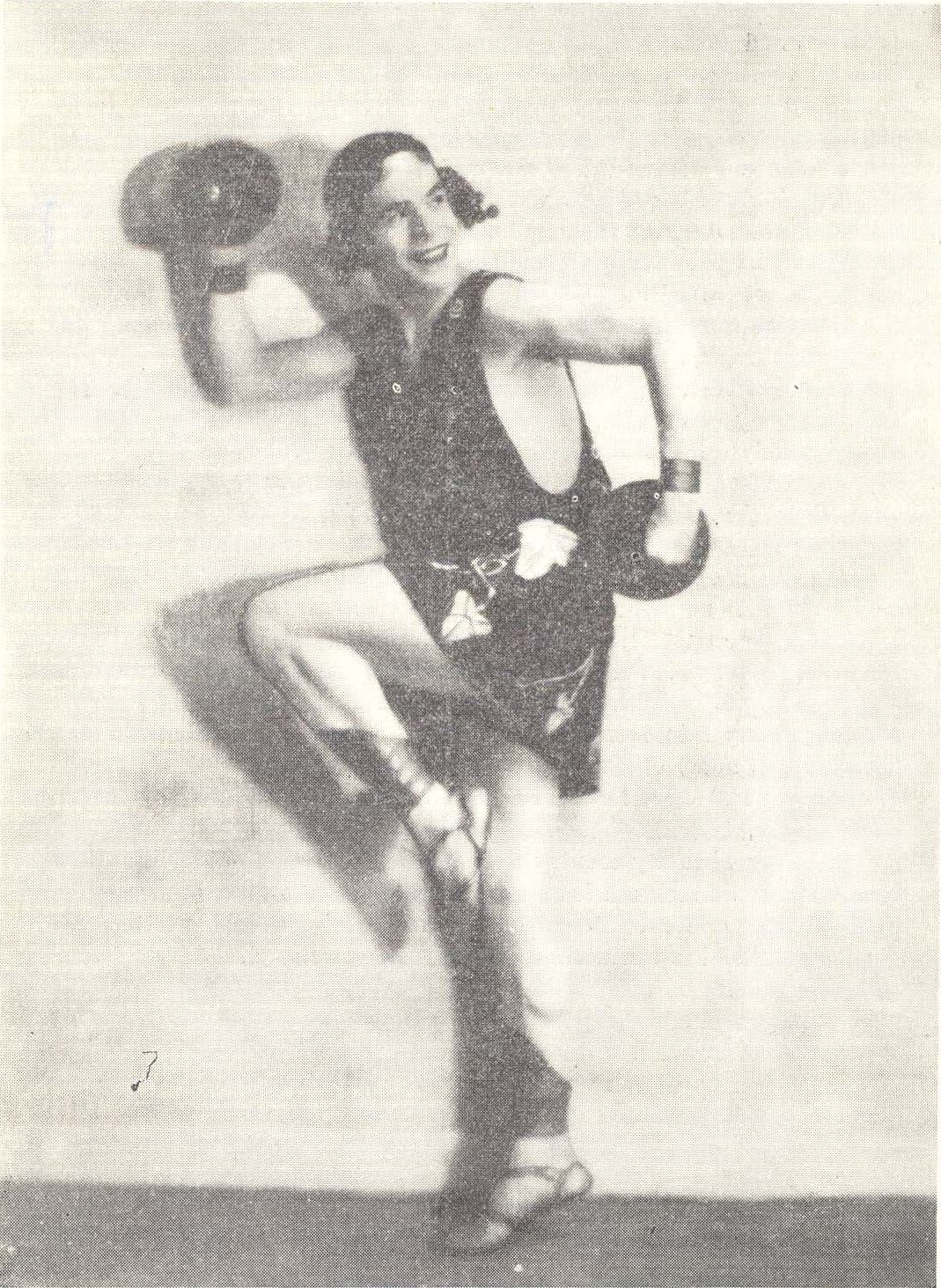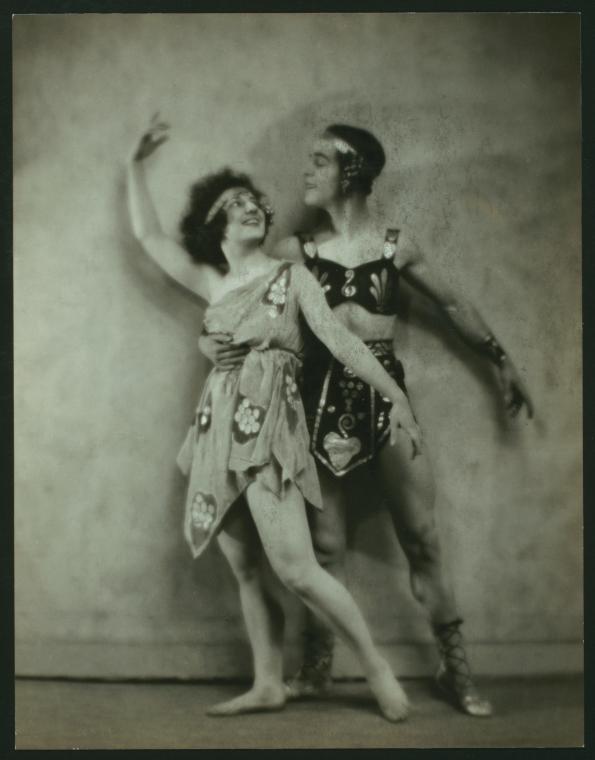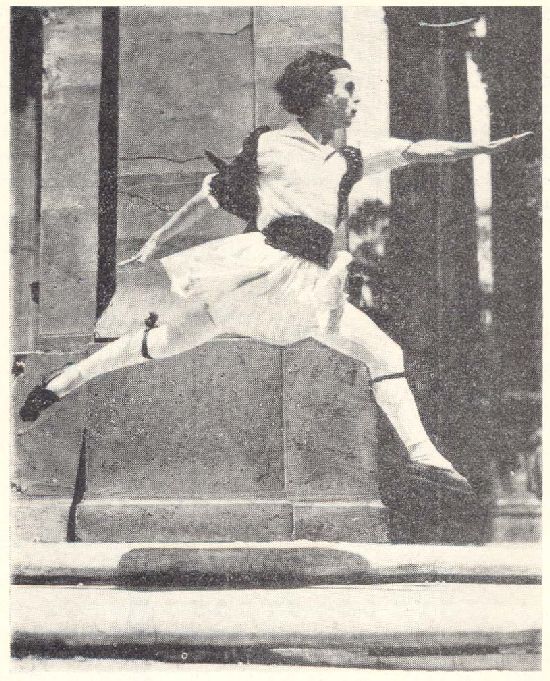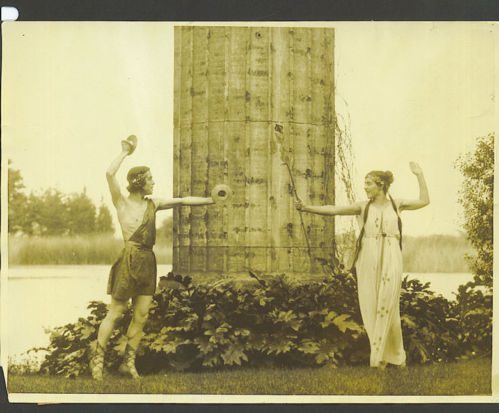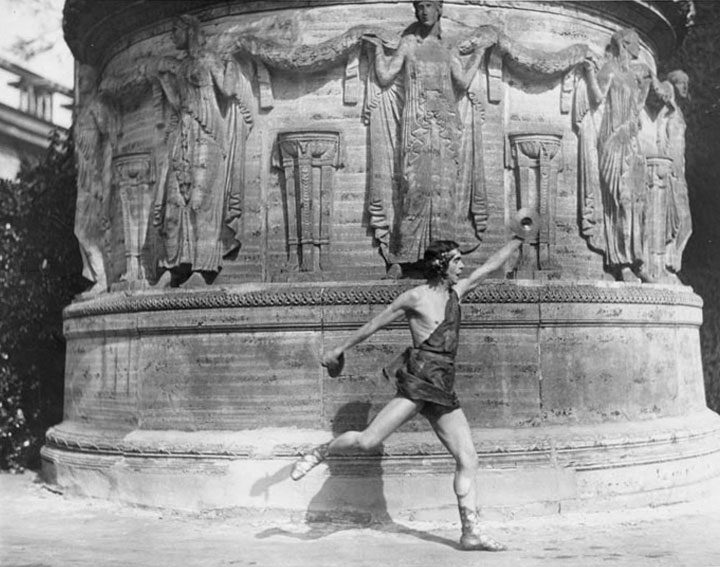U. S. A.
Ο Βάσος Κανέλλος πραγματοποίησε ένα μέρος των σπουδών του στις Ηνωμένες Πολιτείες (σχολές Καρσλώφ και Μότκιν). Στις Ηνωμένες Πολιτείες ξεκίνησε την επαγγελματική του καριέρα, την περίοδο 1919-1920, με εμφανίσεις στο Μπρούκλιν και τη Νέα Υόρκη. Την ίδια περίοδο γνώρισε και τη χορεύτρια και χορογράφο Charlotte Markham, μετέπειτα σύζυγό του και καλλιτεχνικό ταίρι του, με το όνομα Τανάγρα Κανέλλου. Μέχρι το 1926 το ζεύγος Κανέλλου έδωσε παραστάσεις χορού και χοροδράματος –βασισμένες στην ελληνική παράδοση, την ελληνική μυθολογία και το αρχαίο δράμα– στο Μπρούκλιν, το Ιλλινόις, το Σαν Φρανσίσκο, το Σικάγο και αλλού. Στη διάρκεια της κατοχής ο Βάσος Κανέλλος επέστρεψε στις Ηνωμένες Πολιτείες της Αμερικής με την κόρη του, Ξένια Κανέλλου. Εκεί συνέχισαν την καλλιτεχνική δραστηριότητά τους μέχρι το 1960.
[Πηγή: 1. «Βάσος Κανέλλος», στο: Ελένη Φεσσά-Εμμανουήλ (επιμ.), Χορός και θέατρο. Από την Ντάνκαν στις νέες χορευτικές ομάδες. Αθήνα, Εθνικό και Καποδιστριακό Πανεπιστήμιο Αθηνών, Τμήμα Θεατρικών Σπουδών / Έφεσος, 2004, σσ. 218-221]. 2. Υλικό του αρχείου Βάσου και Τανάγρας Κανέλλου (1918-1978) από το ΕΛΙΑ].

Vassos Kanellos continued his studies in the United States (schools Karslof and Motkin). In the United States began his professional career in the period 1919-1920, with appearances in Brooklyn and New York. That same year he met the dancer and choreographer Charlotte Markham, later wife and artistic mate, named Tanagra Kanellos. By 1926 the pair Kanellou gave performances of dance and ballet-based on Greek tradition, Greek mythology and ancient drama-Brooklyn, Illinois, San Francisco, Chicago and elsewhere. During the occupation, Vassos Kanellos and Xenia (his daughter) left for America, where he continued his artistic activity until 1960.
[Resources Resumes: 1. “Vassos Kanellos’, in: Helen Fessa Emmanuel (ed.), dance and theater. From Duncan’s new dance groups. Athens, University of Athens, Department of Theatre Studies / Ephesus, 2004, pp. 218-221]. 2. Material of Hellenic Literary and Historical Archives].


[Association documents] — May 07, 1923
Program, Dated Chicago, Ill.: Owned by C. Mammon, 208 S. La Salle St. The Hellenic Festival Dionysia
The Drama League of America believing that the beauty of ancient and modern Grecian art should receive more recognition, has arranged for a festival of the Grecian arts of music and dancing with cooperation of a distinguished committee. The performance will be in the hands of foremost professionals but will be supplemented by the talent of distinguished amateurs and groups of singers and dancers from the Greek societies and churches.
The program will be in three sections each covering a different period of Grecian art:
1. Ancient Greece, illustrated by a Procession of Dionysia, several group and solo dances, together with the rendering of the Ancient Hymn to Apollo, recently unearthed at Delphi.
2 Byzantine Greece, shown in the dance and”choro-dramas,”The Emperor’s Bride and Kasiane eleborately costumed according to plates by Charlotte Markham and utilizing a large group of actors, dancers, singers, and concluding with a brilliant solo dance.
3. Modern Greece, in peasant songs by a native Greek choir, Cretan dances, national Hellenic dances and a colorful Festival of May. The professionals appearing are pre-eminently the leaders in Greek art.
Vassos Kanellos, the foremost dancer of Greece, who unites the true spirit of the ancient are with those of Byzantine and the vitality of modern Greece, introducing Hellenic and Byzantine music and peasant melodies for the first time in America.
Charlotte Markham Kanellou (Tanagra), the Decorative Painter, designer of the costumes and stage settings of the Dionysia, is strongly allied with the modern movement in art.
Her dance pantomine, studied in Paris and America, is full of creative charm. Her love and understanding of Greek art makes her interpretations very inspiring.
The Ballet Ensemble for the Ancient Greek dances has been selected with the cooperation and courtesy of Mr. Adolph Bolm, the Ballet Master of the Chicago Civic Opera and from his School of Dance.
The dancers for the Byzantine Chorodrama are from the School of Mme. Young. The Choir of forty voices will sing rare Byzantine music entirely new to Chicago, as well as peasant songs and some of the little-known Greek Church music. A native chorus of thirty will dance peasant dances.
[http://flps.newberry.org/article/5422062_3_0460]






